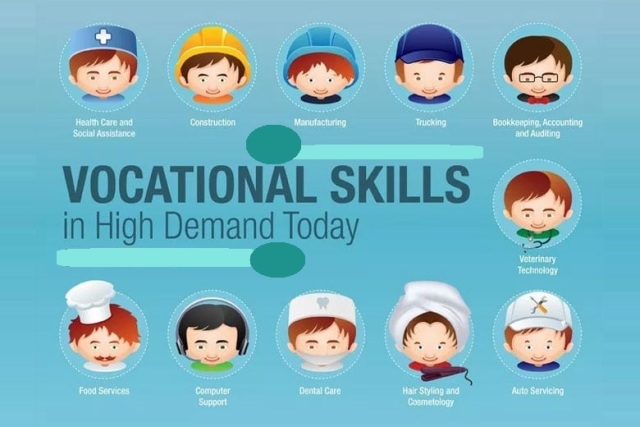
Date: 2024-10-09
Author: JRV
Short Description:
India is the world’s second-most populated country, with a majority of its people between the age group of 10 to 24. This means that the country is at a relative advantage as young adults constitute a greater percentage of job seekers. thereby having the potential to boost its economy.
However, for the past decade, India’s youth unemployment rate has been hovering around the 22 percent mark. Almost 2 million graduates and half a million postgraduates are unemployed in India. Various reasons can be attributed to the number of educated yet unemployed youth in the country such as recession and demand-supply mismatch, but the skill gap is perhaps the greatest contributor to this pressing national problem.
Despite having thousands of educational institutions in the country, there are at least 35 million children aged between six and 14 years in India who have no access to formal education. India being an agrarian economy has more than 70 per cent of its people living in villages. Most children living in rural areas are expected to support their families for meeting their livelihoods. Girls, especially, are dissuaded from going to school and are compelled to master household chores. Furthermore, the condition of schools in some rural areas is challenged with serious concerns such as ill-equipped staff, insufficient funds and lack of hygienic facilities, etc.
There is a desperate need to bridge the divide between urban and rural schools and their ability to impart technical and industrial skilling. While a few technical and engineering institutions aim to provide practical training to their students to make them job-ready, they are not necessarily accessible to all.
The current job market requires students to acquire practical skills on top of their theoretical knowledge. However, almost 80 per cent of new job seekers get little to no opportunities for skills-based education. The talent acquisition process, wherein practical knowledge-based skills and experience are valued above academic degrees, is becoming more selective than ever before. In rural areas, attaining higher education is highly challenging, hence the presence of vocational training programmes proves to be advantageous as it provides industry-relevant education and hands-on skilling where students can acquire various soft and hard skills. Proficiency in basic office software tools such as PowerPoint, Excel, and Word, competency in communication skills, critical thinking, and problem-solving are some of the fundamental requisites for job seekers.
Vocational training programmes are extremely crucial to partake in as they offer a sneak peek into the real-world work scenario and help students make informed career decisions using a practical approach. These programmes are designed for most industry sectors. Such vocational training programs facilitate students to make better career decisions.
Vocational training addresses the affordability and accessibility challenges faced by rural children. It also empowers women belonging to low-income groups by improving their job prospects. Besides carpentry, welding, automotive repair, heating, air conditioning, tailoring, and beauty care, vocational training programs also cater to various 21st-century ready sectors such as healthcare, education, IT, financial services, retail, tourism, etc. Students passionate about such new-age sectors need not enrol themselves in highly expensive degree courses but can just attain the necessary skills through diploma courses at very affordable fees.
There was a time when students had no other choice but to move out of India to acquire specialised job skills. The lack of relevant facilities and exposure triggered high migration rates. The advent of global online vocational training programmes has bridged this limitation in the country. Today, Indian students can pursue these courses at affordable rates from the comfort of their homes. This has improved the retention rate of talent in the country.
Under the Skill India Mission launched in 2015, the Government of India has upskilled about 1.7 crore youth by January 2021, intending to train Indian youth to become self-reliant and financially stable. Various development courses like training workshops sponsored by ISRO and AIIMS (New Delhi), among others, were made available to youth under this program.
It is with schemes like these that India can bridge the skill gap and make educated youth industry-ready. But selecting the right vocational course for a student can be tricky. Making career choices influenced by family or peer pressure could sabotage the benefits these vocational courses are meant to offer. Choosing the right course, based on individual skills and interests, is the only way to succeed.
To ensure one doesn’t falter in making the right choice, more and more students today are opting for digital career counselling. Such services bring together technology-based digital platforms and industry professionals with in-depth domain knowledge and know-how of various careers to help individuals make well-informed choices.
So if you are a confused student or a parent looking out for your child, Jeevak Rashtriya Vidhyapeeth is here to help find a perfect career path or course for you.Contact us now.